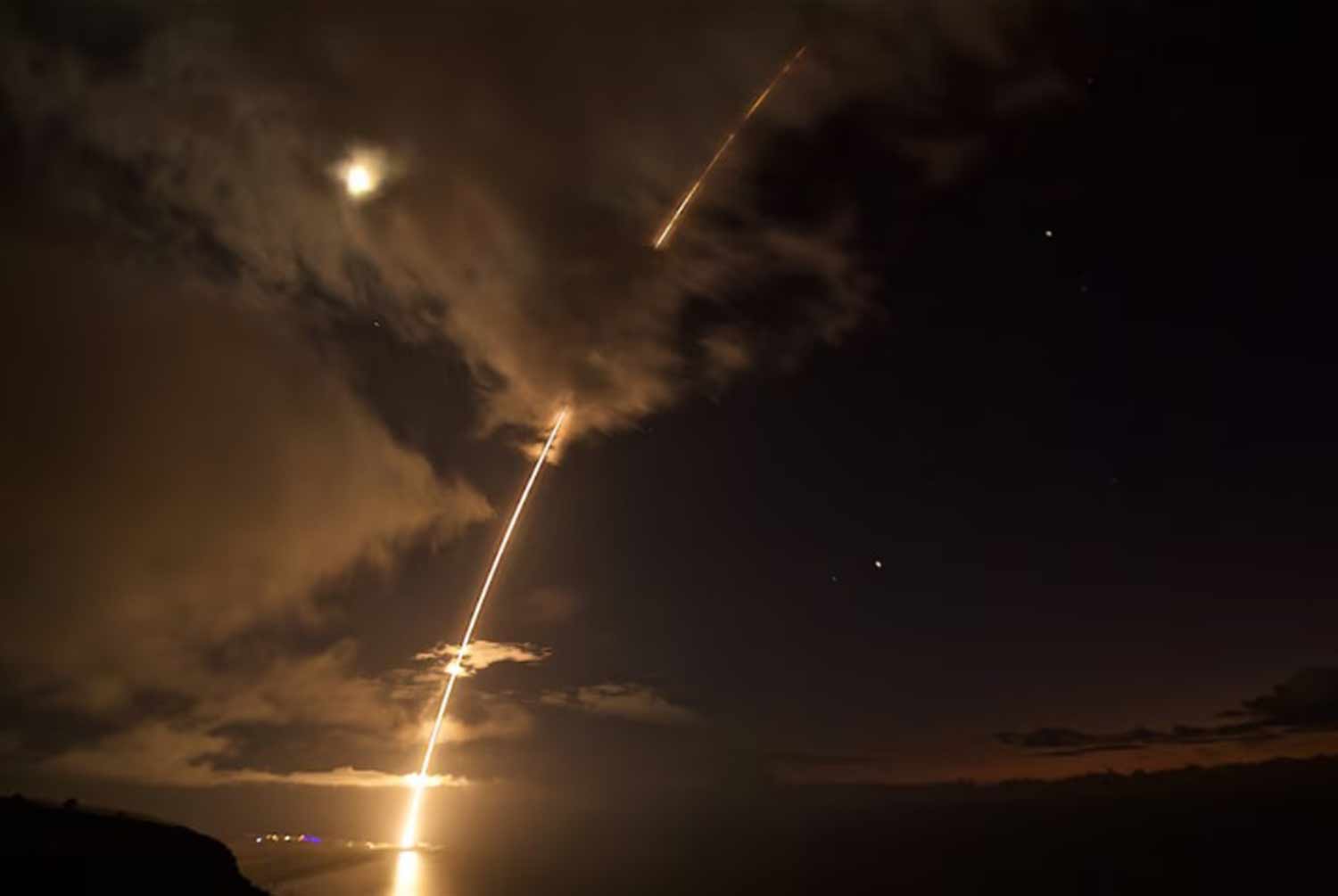The United States is building a substantial stockpile of readily producible anti-ship weapons as part of its strategy to deter China in the Indo-Pacific and enhance U.S. military capabilities in the region.
The ongoing conflict in Ukraine has influenced U.S. defense strategies towards a concept termed “affordable mass,” as described by a missile industry executive who requested anonymity, highlighting the importance of having a large quantity of relatively inexpensive weapons available.
Euan Graham, a senior analyst at the Australian Strategic Policy Institute, noted that this approach serves as a direct response to China’s military developments, particularly its fleet of ships and conventional ballistic missiles designed for maritime attacks. Neither the Pentagon nor China’s Ministry of Defence provided immediate comments on the situation.
The U.S. has intensified testing of its QUICKSINK weapon, a cost-effective bomb featuring a low-cost GPS guidance system and a seeker capable of tracking moving targets.
Recently, the U.S. Air Force successfully tested QUICKSINK using a B-2 stealth bomber to strike a target vessel in the Gulf of Mexico.
Experts indicate that while China maintains a significant numerical advantage in anti-ship missiles, which can be deployed from its own territory, an increase in U.S. production of QUICKSINK could mitigate this disparity, making China’s approximately 370 warships more vulnerable in any potential future conflict, especially since China’s military modernization began in the 1990s.
Currently under development by Boeing, with a seeker developed by BAE Systems, QUICKSINK can be integrated with numerous Joint-Direct Attack Munition tail kits, allowing U.S. or allied aircraft to convert standard 2,000-pound bombs into precision-guided munitions at a low cost.
The Indo-Pacific Command of the U.S. military has expressed a longstanding interest in acquiring thousands of QUICKSINK weapons, as noted by an industry executive who chose to remain anonymous due to the classified nature of the specific quantity. This executive indicated that with a sufficient number of “affordable mass” weapons targeting them, the defensive capabilities of Chinese ships would be significantly compromised.
In such a scenario, the U.S. military would deploy Long Range Anti-Ship Missiles (LRASM) or SM-6 missiles to inflict damage on a Chinese warship and its radar systems, subsequently following up with more economical QUICKSINK munitions.
The United States has been actively building a diverse arsenal of anti-ship weaponry in the Asia-Pacific region. In April, the U.S. Army introduced its new Typhon mobile missile systems, which were developed at a low cost using existing components and are capable of launching SM-6 and Tomahawk missiles against maritime targets, during an exercise in the Philippines.
These weapons are relatively straightforward to manufacture, leveraging extensive stockpiles and designs that have been in existence for over a decade, thereby enabling the U.S. and its allies to rapidly enhance their capabilities in the Indo-Pacific missile competition, where China currently holds a significant advantage.
While the U.S. military has not disclosed the exact number of these systems to be deployed in the Indo-Pacific, government documents indicate plans to procure over 800 SM-6 missiles within the next five years. Additionally, the U.S. already possesses several thousand Tomahawk missiles and hundreds of thousands of JDAMs in its inventory.
According to Graham, “China’s strategy is to limit the operational freedom of U.S. Navy assets in the Western Pacific and the First Island Chain,” referring to the major archipelagos closest to East Asia. “This represents a coordinated effort to complicate operations for the PLAN,” which stands for the People’s Liberation Army Navy, China’s naval force.
Positioning anti-ship weapons in areas like the Philippines would enable them to effectively target much of the South China Sea, a region that China claims as its own.
Discover more from Defence Talks | Defense News Hub, Military Updates, Security Insights
Subscribe to get the latest posts sent to your email.





